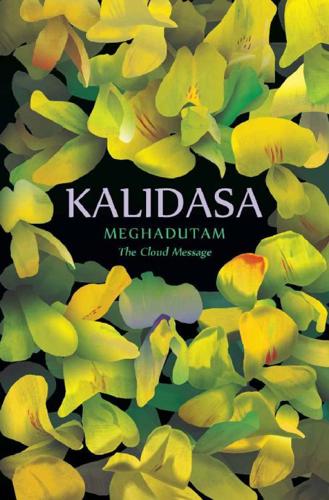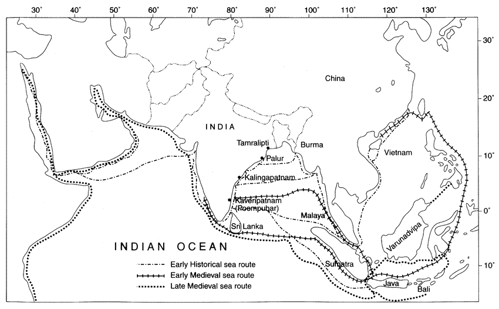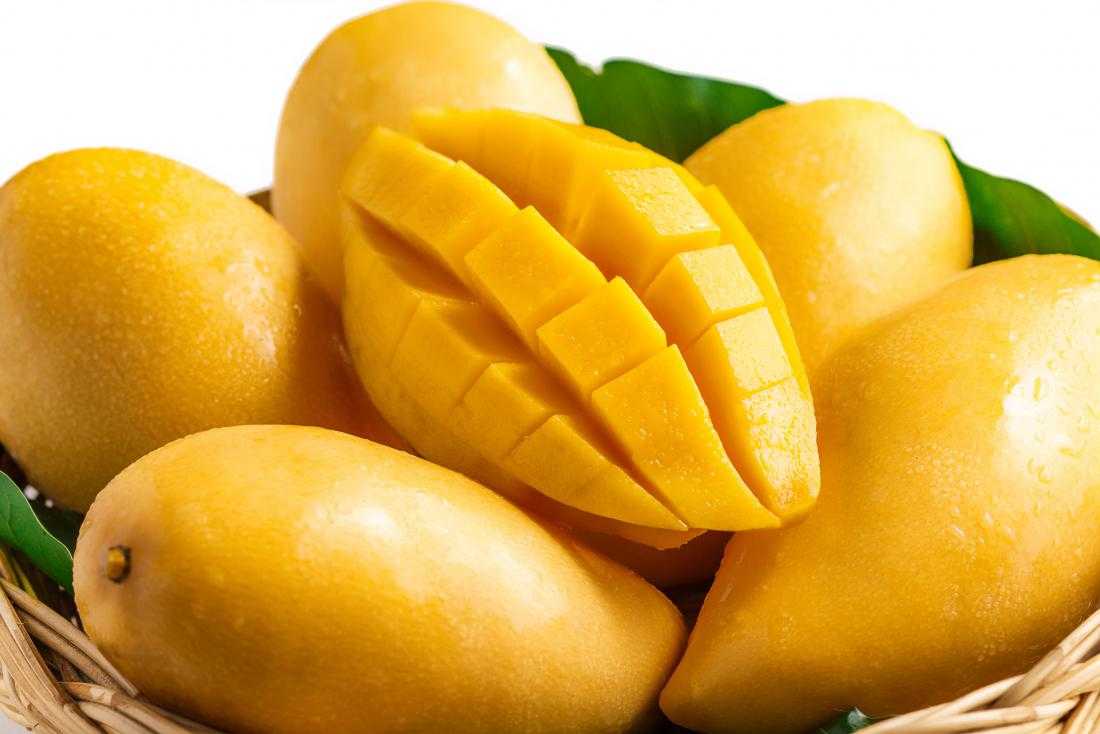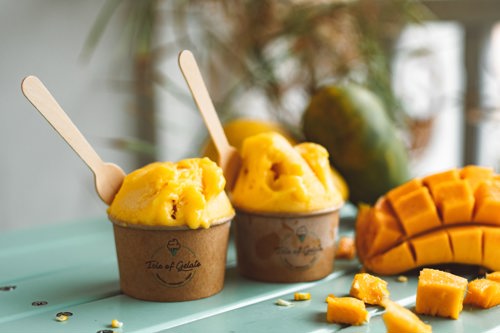Mangoes are one of the world's most popular fruits, enjoyed for their sweet and juicy flavor, vibrant color, and refreshing taste. They have a long and fascinating history, dating back thousands of years to ancient India. Mangoes have played an important role in Indian culture, religion, and cuisine, and they have also spread throughout the world, becoming a beloved fruit in many different countries and cultures.
One of the most famous and highly prized varieties of mango is the Alphonso mango, known for its rich flavor, creamy texture, and distinct sweetness. In this blog post, we will explore the history of mangoes, from their origins in India to their spread throughout the world. We will also dive into the unique story and characteristics of the Alphonso mango, including how it got its name and why it is considered one of the best mangoes in the world.
-
Origins of Mangoes: The Early History
Mangoes are believed to have originated in the foothills of the Himalayas in India, Myanmar, and Bangladesh, and they have been cultivated for thousands of years. The first written records of mango cultivation date back to the 4th century BCE, when the famous Indian poet Kalidasa described mangoes in his writings Meghadutam.

Kalidasa Meghadutam Mangoes are part of the Anacardiaceae family, which includes other tropical fruits such as cashews and pistachios. There are over 1,000 varieties of mangoes, each with their own unique flavor, texture, and appearance.
-
Mangoes in Ancient India: Religion, Culture, and Cuisine
In ancient India, mangoes were highly valued and considered a symbol of love and fertility. They were also a popular ingredient in religious ceremonies, and were often used in Hindu mythology to symbolize good fortune and prosperity.

Mangoes were also an important part of Indian cuisine, used in a wide variety of dishes such as chutneys, curries, and desserts. The fruit was often preserved in the form of pickles, which were popular with travelers and soldiers because they could last for long periods of time without spoiling.

-
Mangoes Spread Across the World: Traders, Explorers, and Colonizers
As early as the 4th century BCE, mangoes began to spread beyond India, traveling to Southeast Asia, China, and eventually the Middle East and Africa. They were introduced to the New World by Portuguese explorers in the 16th century, and by the 19th century, mangoes had become a popular fruit in many tropical regions of the world, including South America and the Caribbean.

Today, mangoes are grown in over 100 countries, including Mexico, Brazil, and the Philippines. They are enjoyed in a wide variety of dishes and cuisines, and are often used as a symbol of exoticism and luxury.
-
Alphonso Mango: The Story and Characteristics of a Legendary Fruit
The Alphonso mango is a variety of mango that is highly prized for its unique flavor, texture, and aroma. It is named after Afonso de Albuquerque, a Portuguese general and admiral who helped establish Portuguese colonies in India in the 16th century.

Alphonso mangoes are known for their bright orange color, smooth texture, and sweet, creamy flavor. They are also less fibrous than other varieties of mango, making them ideal for eating fresh or using in desserts and drinks.
-
Cultivation and Harvesting of Alphonso Mangoes: From Ratnagiri to Devgad
Alphonso mangoes are primarily grown in the Indian state of Maharashtra, particularly in the districts of Ratnagiri and Devgad. The region's warm climate, rich soil, and proximity to the Arabian Sea create ideal conditions for the fruit to thrive.
Alphonso mangoes are typically harvested between April and June, with the peak season in May. The fruit is hand-picked and carefully sorted to ensure only the highest quality mangoes are selected for export.
-
Alphonso Mangoes in Indian Cuisine: Desserts, Drinks, and More
Alphonso mangoes are a beloved ingredient in Indian cuisine, particularly in desserts and drinks. They are used to make a wide variety of dishes, including mango lassi (a yogurt-based drink), mango ice cream, and mango kulfi (a type of Indian ice cream).
Alphonso mangoes are also used in savory dishes, such as curries and chutneys, and are often paired with spices such as ginger and cardamom to enhance their flavor.
-
The Challenges Facing Alphonso Mangoes Today: Climate Change and Disease
Despite their popularity, Alphonso mangoes face several challenges today, including climate change and disease. Rising temperatures and unpredictable weather patterns have led to decreased yields and poor quality fruit in some areas, while diseases such as mango malformation and fruit fly infestations have also impacted mango crops.
In addition, Alphonso mangoes face stiff competition from other mango varieties, particularly those grown in other countries such as Mexico and Brazil. As a result, efforts are underway to protect and promote Alphonso mangoes as a unique and valuable product of India.
Conclusion: The Enduring Legacy of Mangoes and Alphonso Mangoes
Mangoes have played an important role in human history and culture for thousands of years, and continue to be a beloved fruit around the world. The story of the Alphonso mango is a testament to the enduring appeal of this tropical fruit, and to the passion and dedication of the farmers and cultivators who work hard to bring it to market.
Despite the challenges facing the Alphonso mango today, it remains a symbol of the rich and diverse cultural heritage of India, and a reminder of the power of food to connect people and communities across time and space.
Discover More
Most Viewed
Christmas is a season of joy, love, and traditions. And what better way to get into the holiday spirit than through timeless carols? These musical gems have been bringing people together for generations. Here’s our ranked list of the Top 10 Christmas Caro…
Read More






















